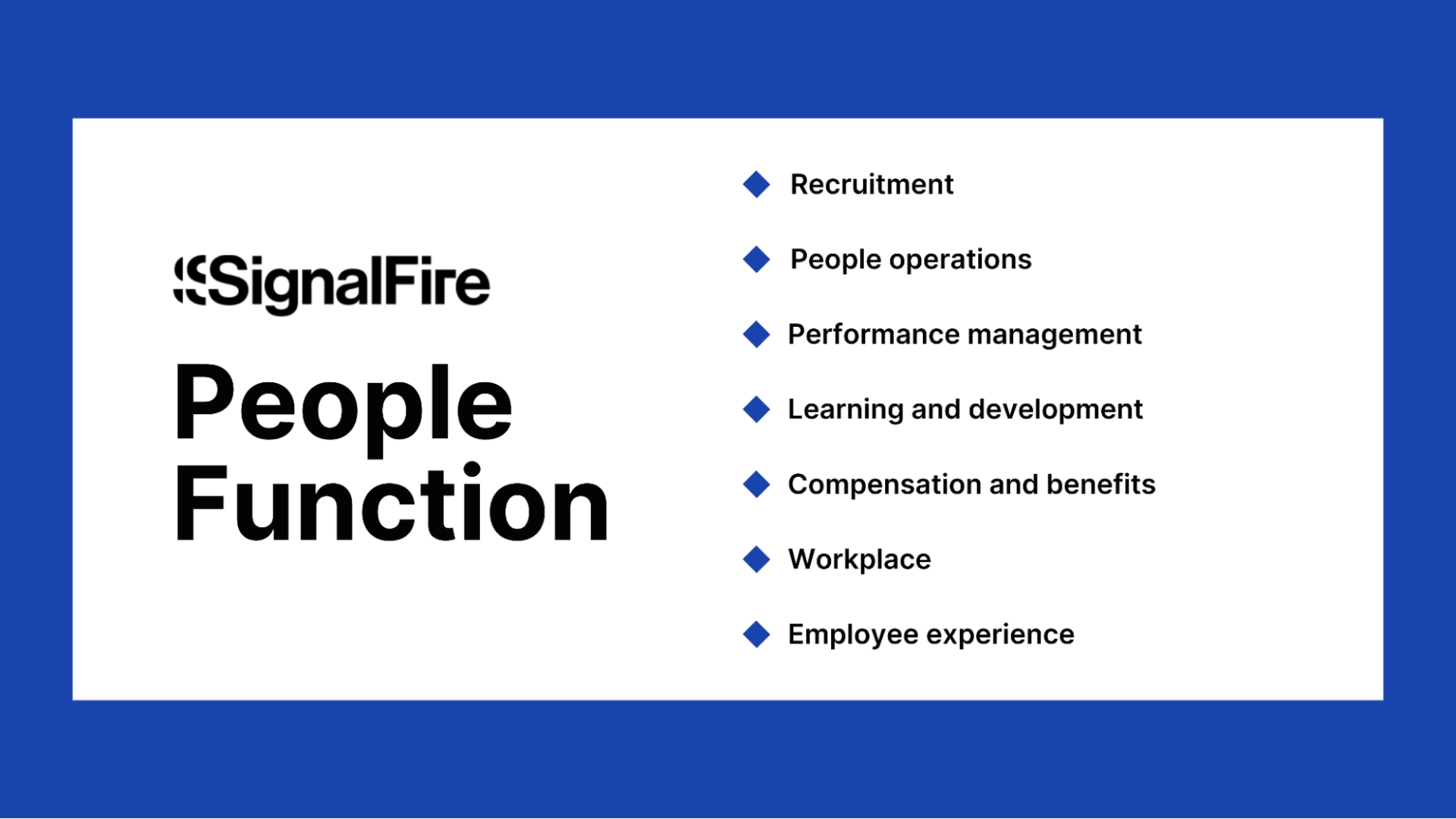Featured blog posts
View all

Must-Read
Advice
April 15, 2024
The SignalFire State of Talent Report: 2023 tech employee trends
Our data reveals which cities are gaining and losing tech talent, how Gen Z's career paths are changing, and how is AI reshaping employment.
Read more
Subscribe to our newsletter
We typically send no more than 4-6 newsletters/yr with helpful tips on company building, our perspectives on industry trends, and event invites.
Thank you! Your submission has been received!
Oops! Something went wrong while submitting the form.
By submitting this form, you agree to receive marketing communications from SignalFire. See our privacy policy for more.
All blog posts
Thank you! Your submission has been received!
Oops! Something went wrong while submitting the form.
Sorry
This list does not contain any items








